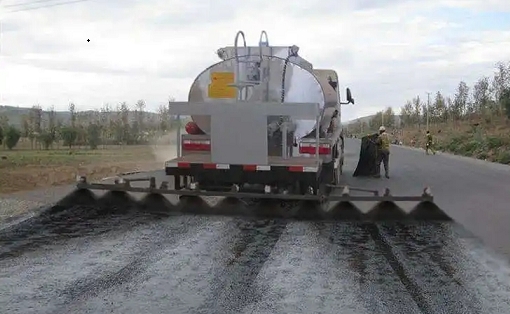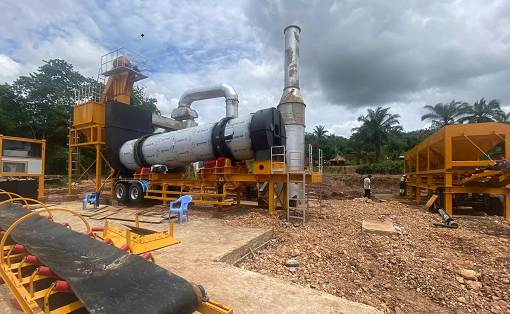Emulsified modified asphalt equipment is classified according to the production process and can be divided into three types: intermittent emulsified modified asphalt equipment, semi-continuous emulsified modified asphalt equipment, and continuous emulsified modified asphalt equipment. During the production of emulsified modified asphalt equipment, demulsifier, acid, water, and latex modified materials are blended in a soap mixing tank, and then pumped into the asphalt into the colloid mill. After a can of soap is used up, the soap is redispensed, and then the production of the next can is completed.
The emulsified modified asphalt equipment mentioned here includes hot water pumps and circulation pumps. This type of centrifugal water pump generally uses a pipeline centrifugal pump. There is a sewage outlet at the bottom of the pipeline centrifugal pump. Pay attention to the sewage outlet at the bottom of the emulsified modified asphalt equipment pump. The water in the water tank is released through the filter valve. Some emulsified modified asphalt equipment does not have a filter valve to save equipment costs, so it can only be emptied by loosening the flange bolts at the bottom. There are basically two methods of moisturizing emulsion pumps for emulsified modified asphalt equipment on the market, gear oil pumps or centrifugal water pumps. The gear oil pump can only drain the liquid in the pump through the connecting flange of the pipeline. The centrifugal water pump carries out sewage treatment through its own sewage outlet.
When used in the production of emulsified modified asphalt equipment, depending on the modified material technology, the latex pipeline can be connected in front of the colloid mill or behind the colloid mill, or there may be no latex pipeline and it must be made manually. Add the required amount of latex into the soap jar.



































